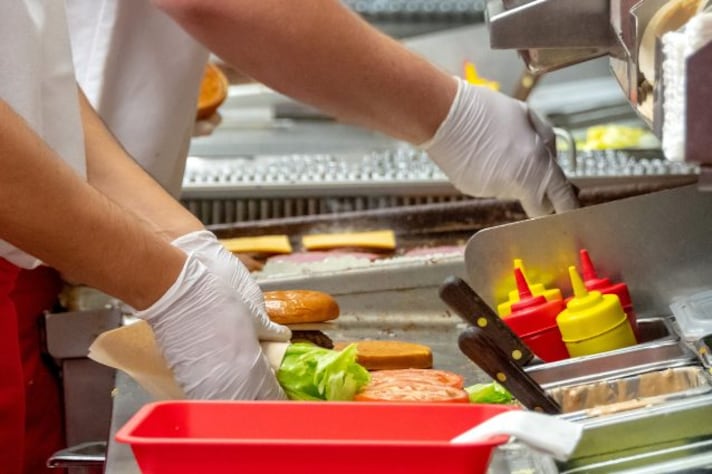
Fast food has long been the go-to for a quick, affordable meal. However, in 2024, many Americans are finding that their favorite fast food joints are no longer the budget-friendly options they once were. From labor costs to ingredient prices, several factors are driving up the cost of that once-cheap burger and fries.
The Price of a Living Wage
One of the primary reasons for the increase in fast food prices is the rising cost of labor. Over the past few years, there has been a significant push for higher wages in the fast food industry. Many states have increased their minimum wage, and some cities have implemented even higher local minimums. This push for a living wage means that fast food chains are paying their employees more, and those costs are being passed on to consumers. According to the U.S. Bureau of Labor Statistics, wages in the food service industry have risen by 4.2% in the past year alone.
The Cost of Quality
Another factor contributing to the rise in fast food prices is the cost of ingredients. The price of food has been steadily increasing due to various factors, including supply chain disruptions and climate change. For instance, the cost of beef has surged due to cattle supply shortages. Additionally, the push for higher-quality, often organic ingredients has also driven up costs. Fast food chains that once prided themselves on low prices are now focusing on offering better quality, which comes at a higher price.

Marketing and Branding
In the competitive world of fast food, marketing and branding are crucial. Companies are spending more on advertising to stay relevant and attract customers. This increased spending on marketing campaigns, social media presence, and even celebrity endorsements adds to the overall cost of running a fast food chain. These costs are inevitably passed on to the consumer, making that combo meal a bit pricier.
Delivery Services
The rise of food delivery services has also played a role in the increasing cost of fast food. Services like Uber Eats, DoorDash, and Grubhub charge restaurants hefty fees for their services. While these platforms offer convenience to customers, they also add a significant cost to the restaurant's operations. To offset these fees, many fast food chains have increased their menu prices.

Inflation
Lastly, we can't ignore the impact of inflation. The overall cost of living has increased, and fast food is no exception. From 2014 to 2024, the average menu prices at fast food chains have risen between 39% and 100%, outpacing the general inflation rate of 31%. This means that even without the specific factors mentioned above, the general trend of rising prices would still affect the cost of fast food.
;Resize,width=767;)
